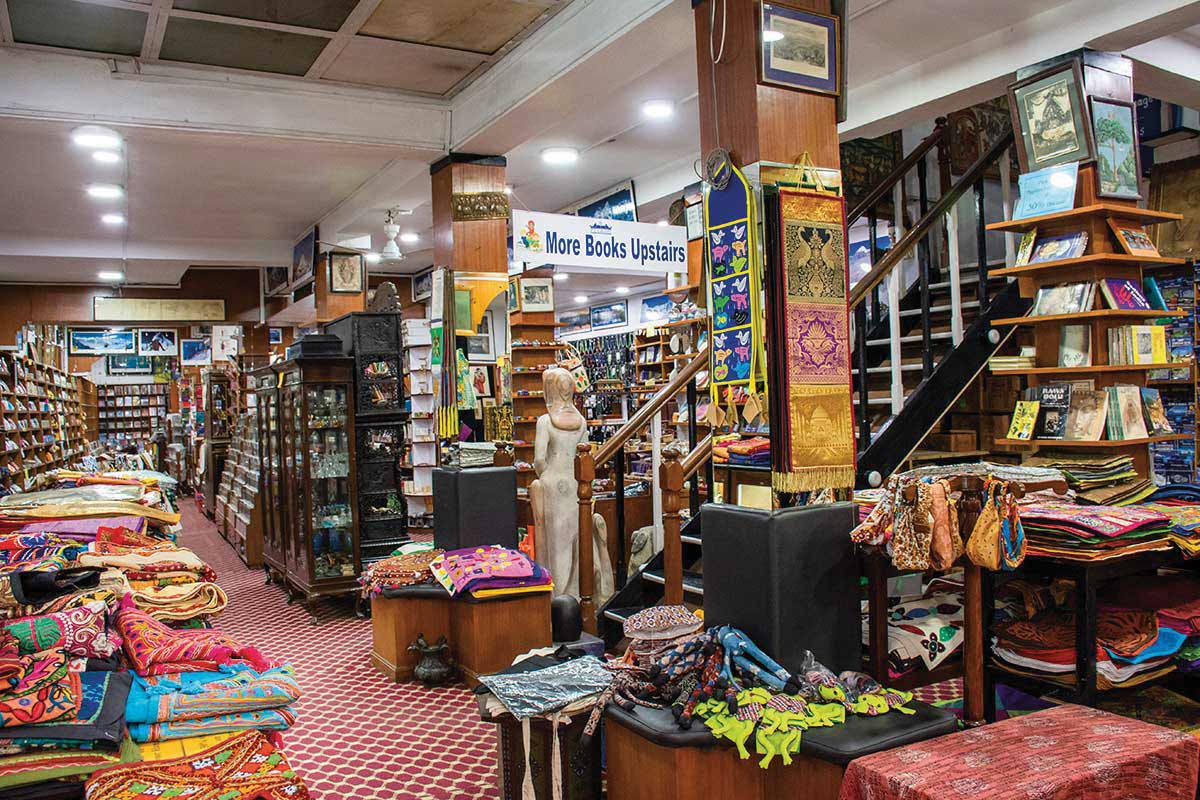Bright and colorful felt products are a big part of the craft industry in Nepal.

Wander along any street in Thamel and you’ll probably see at least one shop selling felted goods. If you stepped in and checked the labels, chances are it would say “Made in Nepal.”
Felt is a fabric that is made by matting moistened wool under pressure and heat. Dyed wool, imported from New Zealand, is saturated in hot water, and kneaded by hand. After being sufficiently worked, it is rinsed and flattened, before being laid to dry. The end product is felt, which can then be cut and sewn like any other fabric.
“Anything can be done with felt,” says Amogh Dhakhwa, Managing Director of Nepal Craft Gallery. The array of products his company sells - from bags, purses, shoes and hats to puppets, soft toys and decorative items - bring validity to his statement.
Nepal Craft Gallery has been dealing in felt products since 2000. According to Dhakhwa, the felt industry starting growing in 2004 when the pashmina industry began to decline. Today, the industry is worth about NPR 1 billion and employs around 200,000 people directly and indirectly due to its labor-intensive nature felt requires a lot of handwork.
This is where Nepal has an advantage, states Dhakhwa. With Nepali men searching for opportunities abroad, the women too have to find work.
“This is a job uneducated women can perform with ease,” says proprietor Shanti Shrestha whose company, Friend Handicrafts, predominantly hires women, particularly those from the lower strata of society. Most factories in Nepal hire females. According to Dhakhwa, 90 per cent of the work force in the felt industry is made up of women, who create the bright felted products that are primarily exported.
“The buyers in Europe, USA and Japan like things that are handmade,” says Dhakhwa, whose company focuses on exports. “It’s the novelty of handmade products.”
Despite felt’s popularity abroad, the fabric is yet to make an impact in the local market. Even locally sold felt products are more popular with foreigners than they are with Nepalis.
Sunil Gurung, proprietor of Moshiki Nepal in Thamel, believes that it is because Nepalis are too used to handmade goods.
“We see handmade products everywhere,” he says. “Foreigners, though, are mostly dependent on machine-made goods, so they prefer handmade items.”
Another reason for felt’s lack of popularity among the Nepalese could be its characteristic warmth. While the material has found a market in the cold Scandinavian countries, where rugs and slippers are well received, Nepal post-winter is too warm for most practical felt products. No matter how cute that felt hat may be, it is definitely too hot for Nepal in summer.
However, another Thamel proprietor, Mandev Pandey of Colors, believes that the Nepalese are beginning to take an interest in handmade items now that popular shopping spots such as New Road all sell similar goods, not to mention the media that has been promoting local handicraft for sometime now.
“Hand crafted items are made with love,” says Pandey, passionately. “If there’s no love, good things can’t come about.”










